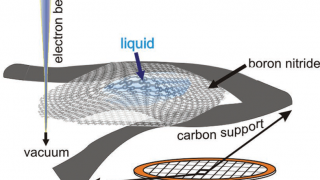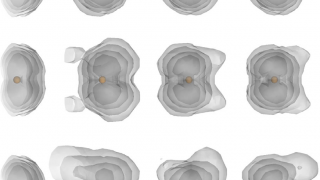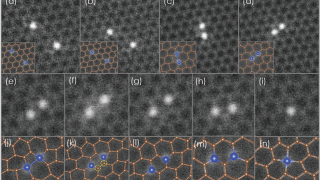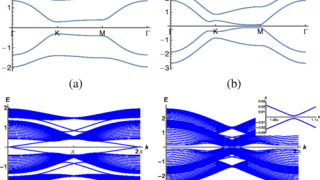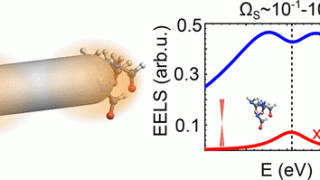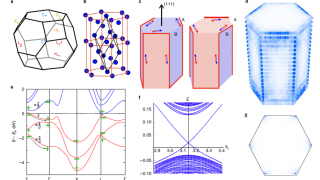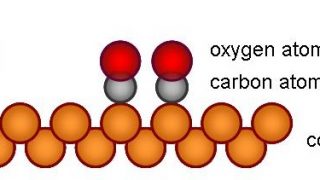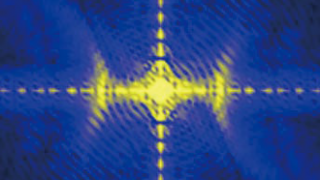
A route to the directional control of light–matter interactions at the nanoscale
Condensed matter • Materials • Nanotechnology • Quantum physics
Mobile phones and computers are currently responsible for up to 8% of the electricity use in the world. This figure has been doubling each past decade but nothing prevents it from skyrocketing in the future. Unless we find a way for boosting energy efficiency in information and communications technology, that is. An international team of […]
